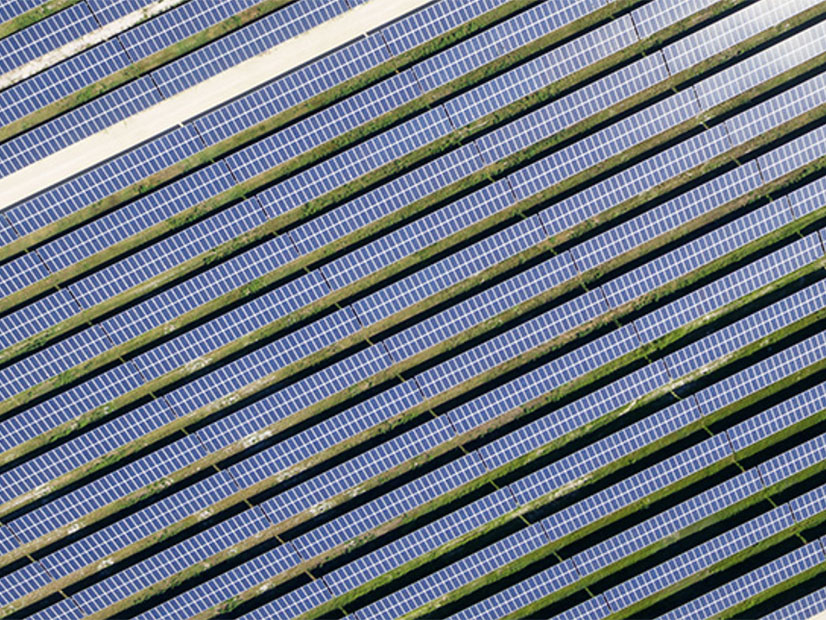Two public hearings Wednesday on the 90-MW High River Energy Center solar farm proposed to be located south of Amsterdam, N.Y., resulted in no opposing comments but drew support from affected landowners, mostly farmers (Case No. 21-E-0357).
“Our family owns a portion of land being considered in this project and has owned it for generations dating over 100 years,” Shelly Hutchison said. “We feel proud that we can contribute in a way that positively impacts our town, county and the schools with the income being received from the project and the green energy being created.”
Solar projects like this can reduce the economic pressures faced by farmers through land agreements, encouraging an approach that does not permanently remove the land from agriculture production, Hutchison said.
The panels will be situated on approximately 582 fenced-in acres on an overall 1,425-acre area. It is being developed by High River, a subsidiary of NextEra Energy Resources (NYSE:NEE).
High River said in its June 25 petition for a certificate of public convenience and necessity that it has entered into a contract with the New York State Energy Research and Development Authority, which will purchase from High River renewable energy credits (RECs).
Local Benefits
High River estimates the project will involve approximately $13 million in development and construction expenses, up to 90% injected into the local economy, and will pay participating landowners up to $16 million over the 20-year life of the project.
It also estimates the town, Montgomery County and the Greater Amsterdam School District will together realize payments over the life of the project totaling approximately $11.4 million, including payments in lieu of taxes and host community agreement payments.
“I’m one of the farmer’s daughters in the project … and we hope that someday this can be looked back on as a huge achievement, something that we’re proud of and something that the town can take pride in as they were one of the first towns to do something this beneficial and that had this big of an impact,” said Krystle Button. “It’s only 580 acres, and if you would have asked anybody about these acres that we’re now looking at, nobody would have even known where they were on a map prior to this project.”
The New York Siting Board found that the project is consistent with the goals set forth in the State Energy Plan, the 2020 amendment to the plan, the Clean Energy Standard and the Climate Leadership and Community Protection Act.
“These have not been easy decisions for my family, but we must face the reality of the times,” said local dairy farmer Raymond Dykeman. “We have a federal government looking to access a penalty of $6,500 per dairy cow onto our food supply. … We will use the solar income to diversify the farm operation and hopefully be able to continue dairy farming.”
At the end of the lease, if the next generation needs to use the land for agricultural production, they will be able to remove the panels and put the land back into productive use, as it will not be built up with houses or a business park, Dykeman said.
No Market Power
In a supplemental filing Oct. 18, High River said it will not have the ability to exercise market power because its approximately 1,300 MW of planned and existing generation is spread throughout New York and represent only approximately 3% of the total installed generation capacity in the state.
High River also said it will have no control over transmission and/or distribution facilities in New York, nor will it have any retail customers.
Moreover, the ownership and operation of an approximately 20-mile, 345-kV electric transmission facility located in Erie County (the Empire State Line) by affiliate NextEra Energy Transmission New York does not raise any market power concerns, the developer said.
“Even though I will profit from this project, it won’t make a big difference in how we do things here; we will still put our crops in like we always have,” said Cristopher Persons, one of the farmers hosting the project. “As most people know, it was a very wet year, one that may be the wettest on record for this area during the growing season. Every year is a struggle as far as weather is concerned. This project will help me and my family and provide electricity to those that need it.”
Administrative Law Judge Sean Mullany conducted the hearings and said that while the due date for comments was Nov. 12, they will be accepted throughout the proceeding.



